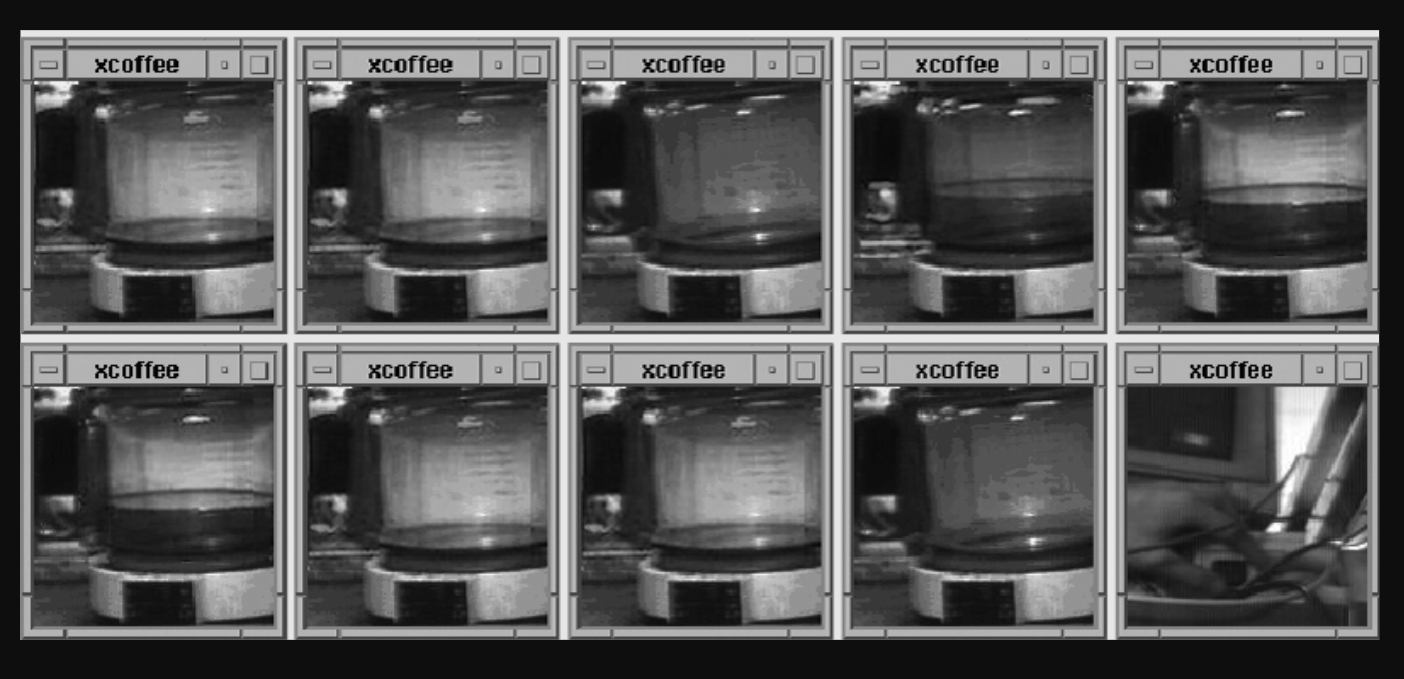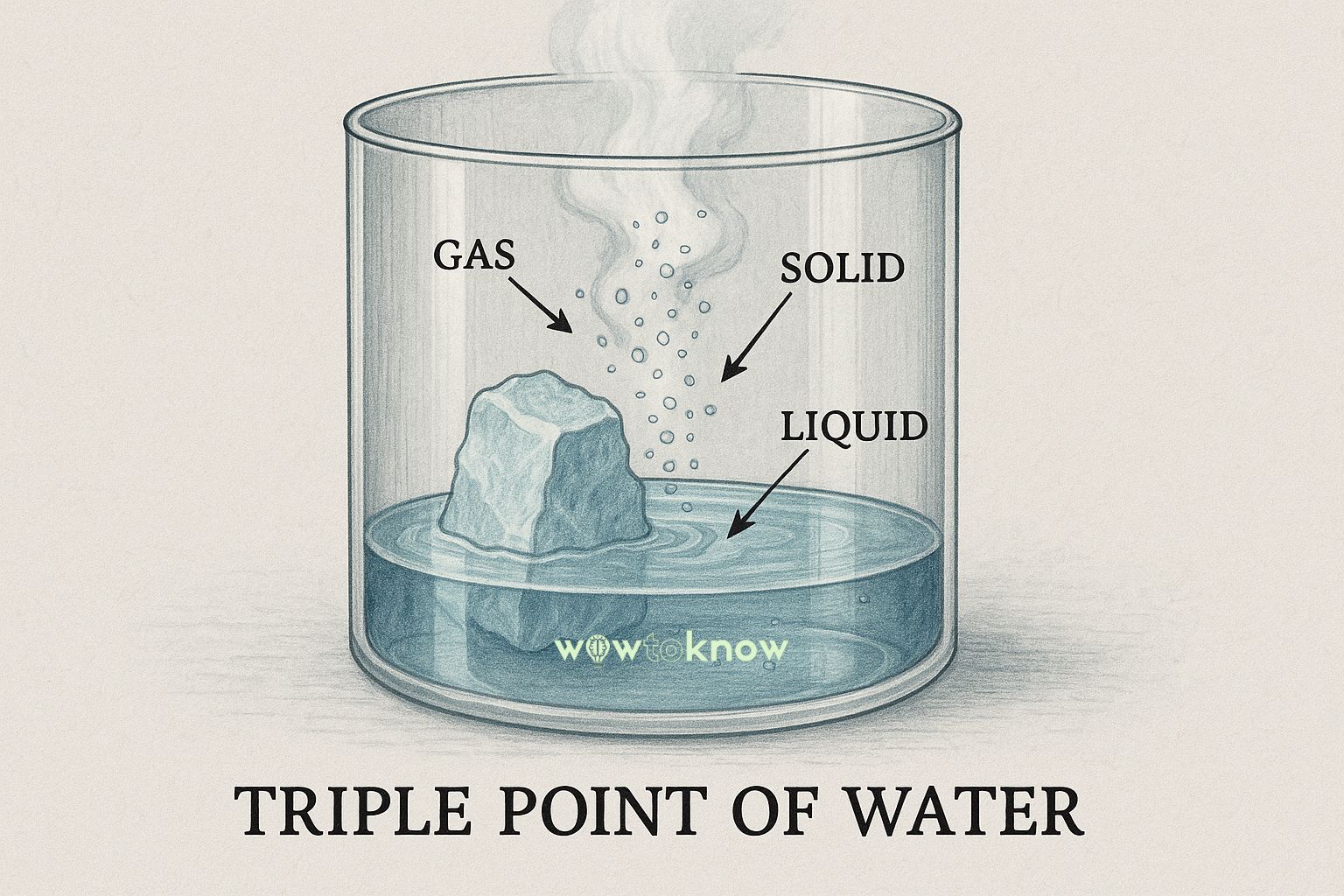In the early 1990s, a group of researchers at the University of Cambridge inadvertently pioneered a technology that would eventually become ubiquitous in our digital lives. This seemingly mundane yet ingenious invention was the first webcam, created to keep an eye on a coffee pot. This simple solution to a common problem in the office has since evolved into a crucial component of modern communication and surveillance.
The Genesis of the First Webcam
The Coffee Pot Problem
In 1991, the computer scientists working in the Cambridge University Computer Laboratory faced a frequent annoyance: making trips to the communal coffee pot only to find it empty. This led to wasted time and frustration among the team. Determined to find a solution, they decided to leverage the emerging field of digital imaging to monitor the coffee pot remotely.
Development of the Trojan Room Coffee Pot Camera
The team, which included Quentin Stafford-Fraser and Paul Jardetzky, set up a camera aimed at the coffee pot located in the “Trojan Room.” They connected the camera to their local network, allowing anyone in the lab to check the status of the coffee pot from their computer screens. The camera captured images of the pot three times per minute, providing real-time updates on its coffee level.
The Impact of the First Webcam
From Local Network to Global Fame
Initially intended for local use within the lab, the webcam gained broader attention as the internet became more accessible. In 1993, the images from the Trojan Room coffee pot camera were made available on the web, making it the first webcam accessible to a global audience. This pioneering effort demonstrated the potential of live streaming and remote monitoring.
Legacy and Evolution
The Trojan Room coffee pot camera operated until 2001, by which time it had become an iconic symbol of the early internet era. Its influence can be seen in the proliferation of webcams used today for everything from security and monitoring to social interaction and telecommuting. The concept of remote viewing through a webcam has become an integral part of modern life.
FAQ
What was the first webcam used for?
The first webcam was used at the University of Cambridge to monitor the status of a coffee pot, allowing researchers to see if there was coffee available without leaving their desks.
Who invented the first webcam?
The first webcam was created by researchers at the University of Cambridge’s Computer Laboratory, including Quentin Stafford-Fraser and Paul Jardetzky.
When was the first webcam created?
The first webcam was developed in 1991 and became accessible on the web in 1993.
What happened to the first webcam?
The Trojan Room coffee pot camera was decommissioned in 2001, but its legacy lives on in the widespread use of webcams today.
The invention of the first webcam at the University of Cambridge is a fascinating example of how a simple solution to a minor inconvenience can lead to significant technological advancements. The webcam’s origins in monitoring a coffee pot highlight the creativity and resourcefulness of researchers in addressing everyday problems. Today, webcams are a fundamental part of our digital infrastructure, connecting us in ways that were unimaginable just a few decades ago.







